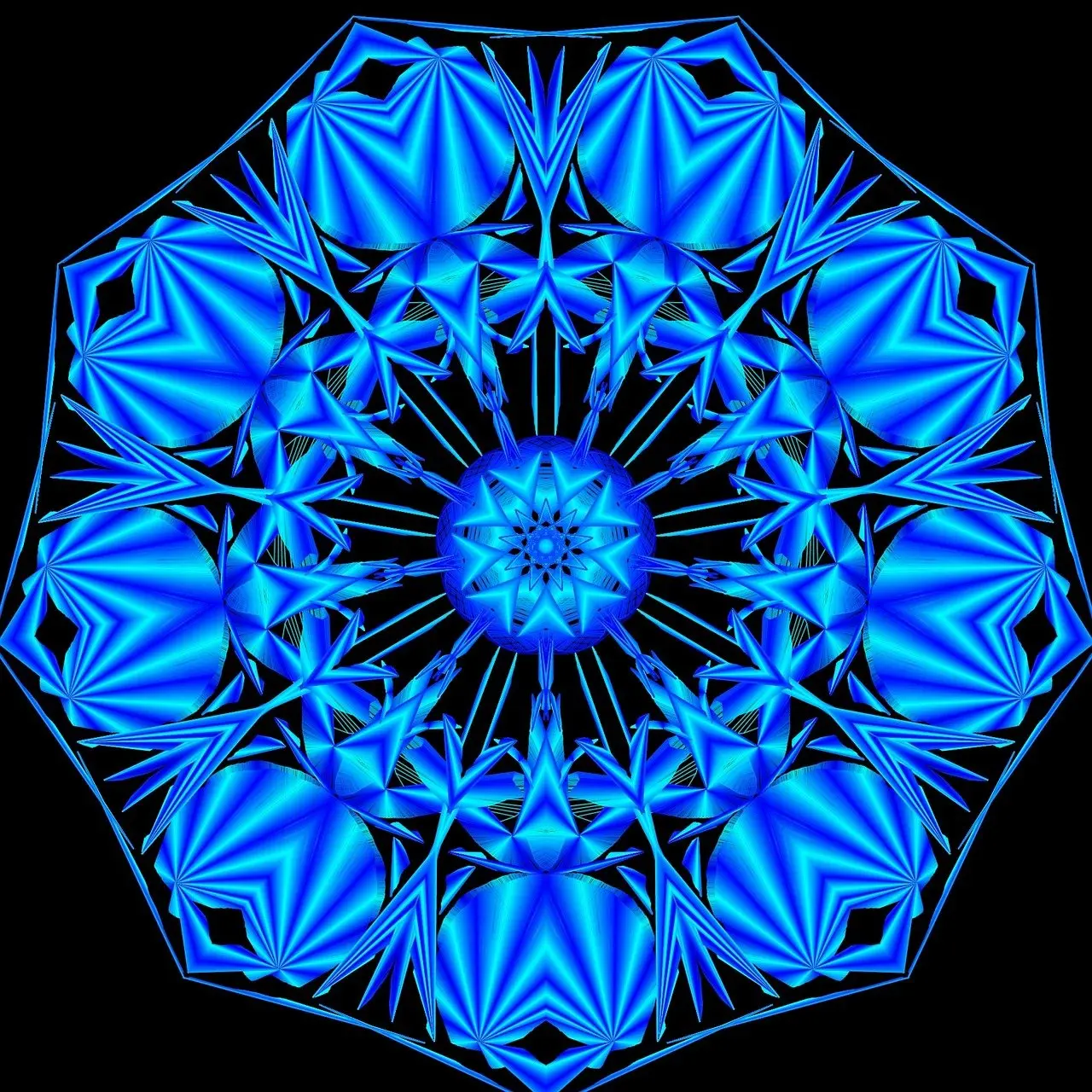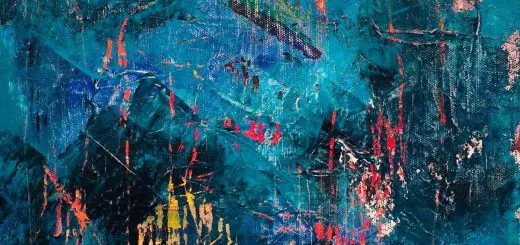The Influence of Mythology on Ancient Art

Looking for more amazing products? Check out our online store and explore our collection here! Happy shopping!
Before diving in, please note: This post is for informational purposes only. If you’d like to know more about how we approach topics, feel free to check out our friendly Disclaimer Page.
Hey there, amazing readers! 
We’re committed to delivering quality posts, and your support (even just sticking around despite the ads) means everything to us. So, bear with us, and thanks for helping us keep the good vibes rolling. Now, on to the fun stuff!
TRANSLATE BUTTON AT THE END OF THE ARTICLE
A Quick Overview
Have you ever marveled at ancient art and wondered what stories lie behind those intricate designs?
The influence of mythology on ancient art is profound and intriguing, blending the divine with the creative spirit of artists.
From the powerful gods of Olympus to the epic tales of the Trojan War, mythology provides a rich tapestry from which artists drew inspiration.
In this article, we will explore how these age-old stories shaped creative minds, the vibrant depictions of deities, the legendary creatures that roamed the imaginations of sculptors, and much more.
So, grab your metaphorical paintbrush, and let’s delve into the colorful world where mythology and art collide!
Discovering the Magic of Ancient Mythology in Art
Mythology captivates us with tales of gods, heroes, and fantastical creatures.
This fascination is timeless, and ancient civilizations were no strangers to it.
Art was an essential outlet for expressing these myths.
Imagine walking through the halls of an ancient temple adorned with vibrant murals depicting epic battles between gods.
This was more than decoration; it was a way to honor and bring to life the stories that defined a culture.
Many ancient artists viewed their work as a means of communicating their values and beliefs.
Through their art, they conveyed not just stories, but also lessons, morals, and aspirations.
The gods and myths served as relatable figures for the average person.
They reflected human traits like love, jealousy, and bravery, making these divine tales more accessible.
Take the Greeks, for example.
Their art, from pottery to sculptures, was steeped in mythology.
Each piece had a purpose—a vase might tell the story of Achilles, while a statue could embody the essence of Athena.
This connection provided a sense of continuity and identity, reminding individuals of their shared heritage.
How Mythology Shaped the Creative Minds of Artists
Artists of ancient civilizations were often inspired by the narratives and symbols found in mythology.
These stories guided their creative processes and sparked their imaginations.
Think of the Renaissance artists like Michelangelo and Botticelli who painted scenes from classical mythology.
They breathed new life into ancient tales, showing us that these stories transcended time.
Mythological themes also shaped the skills and techniques of artists.
For instance, the narrative scenes required a mastery of composition and form.
Artists had to think critically about how to convey motion, emotion, and drama.
The challenge of depicting gods in all their glory led to innovations in sculpture and painting techniques.
Additionally, mythology served as a source of collaboration among artists, poets, and playwrights.
They often drew inspiration from each other’s work, creating a vibrant cultural dialogue.
This interplay led to the fusion of art forms, enriching the artistic landscape of their societies.
The Colorful Depictions of Gods and Goddesses
The gods and goddesses of ancient cultures were not just subjects; they were embodiments of ideals.
Artists portrayed these divine beings in ways that highlighted their attributes and powers.
From the fierce beauty of Aphrodite to the wisdom of Athena, each depiction told a story.
In ancient Greece, pottery was a primary medium for showcasing these vibrant illustrations.
Potters would use black-figure and red-figure techniques to create intricate scenes that illustrated myths in vivid detail.
Each vase became a canvas for storytelling, demonstrating not just artistic skill but also a deep understanding of the narrative.
In Roman art, the gods were often depicted in more humanized forms.
Statues and frescoes showcased their personalities, making them relatable to the everyday citizen.
These representations often emphasized their divine interventions in human affairs, underscoring the belief that the gods were constantly involved in the lives of mortals.
Legendary Creatures: Inspiration for Ancient Sculptors
When we think of ancient art, we often picture gods and heroes, but let’s not forget the legendary creatures that also inspired artists.
From the fearsome Minotaur to the majestic griffin, these beings fueled the imagination and provided rich subject matter for sculptors.
These creatures often symbolized the fears and hopes of the societies that created them.
For example, the dragon represented chaos and destruction, while the phoenix symbolized rebirth and renewal.
Artists captured these symbols in their work, crafting intricate designs that conveyed meaning beyond the surface.
Sculptors utilized different materials to express their visions of these creatures.
Marble, bronze, and clay became mediums through which legends took form.
The lifelike details in their creations made these mythical beings appear almost real.
Epic Tales: Storytelling Through Ancient Art Forms
Art was a means of storytelling in ancient civilizations.
Artists used visual narratives to convey epic tales that would resonate with their audiences.
Think of the Parthenon frieze, which depicted the Panathenaic procession—a vital aspect of Athenian culture.
These artistic narratives often mirrored oral traditions.
As stories were passed down through generations, artists adapted them into their work, allowing them to evolve.
They captured pivotal moments, allowing viewers to engage with the story visually.
Temples often served as stages for these narratives.
The architectural designs were harmonized with the artistic elements, creating a cohesive storytelling experience.
Visitors would not only witness the artistry but also become part of the narrative, walking through spaces alive with myth.
The Role of Myths in Ancient Cultural Identity
Myths played a crucial role in shaping cultural identity.
They provided a shared narrative that united individuals within a society.
This sense of belonging was often reflected in the art produced during that time.
For the ancient Greeks, mythology was intertwined with their understanding of the world.
Their gods represented fundamental aspects of life and the human experience.
When artists depicted these figures, they reinforced cultural norms and values.
This helped individuals feel connected to their heritage.
In Egypt, the pantheon of gods and the myths surrounding them were captured in elaborate tomb paintings and sculptures.
These works served not only as artistic expressions but also as a means to ensure a safe passage to the afterlife.
The culture’s beliefs were vividly illustrated in every piece, echoing the community’s values.
Symbolism: Decoding the Meanings in Ancient Art
Ancient art is filled with symbols that carry rich meanings.
Understanding these symbols is essential for appreciating the depth of the artworks.
Mythology often served as a source of symbolism.
For instance, in many cultures, the owl symbolizes wisdom and is often associated with Athena.
When artists incorporated owls into their work, they were communicating deeper meanings.
Viewers were expected to understand the connotation of the symbols, creating a dialogue between the artwork and the audience.
Colors also held significant symbolic value.
In ancient Rome, red symbolized power and authority, often seen in depictions of Mars, the god of war.
Artists were keenly aware of how color choices could enhance the narrative.
Interpreting these symbols requires an understanding of the cultural context in which the art was created.
Each piece tells a story that goes beyond the visible, inviting viewers to explore its layers.
Temples and Altars: Artistic Expressions of Worship
Temples and altars were masterpieces of ancient art designed for worship.
These structures were not just functional; they were artistic expressions of devotion.
The architecture, sculptures, and paintings served to glorify the deities and invite their presence.
In ancient Greece, temples like the Parthenon were adorned with exquisite sculptures that depicted mythological scenes.
The artistry not only captured the beauty of the gods but also told the stories of their divine adventures.
Visitors would feel a sense of awe and reverence.
Similarly, in ancient Egypt, temples were intricately designed spaces where art and architecture converged.
Hieroglyphics and relief sculptures narrating myths adorned the walls, creating a sacred atmosphere.
Worshippers engaged with the art as part of their religious practices, making the experience more immersive.
These structures stood as testaments to the cultures that created them, revealing how deeply intertwined art and spirituality were in ancient societies.
The Influence of Mythology on Everyday Art Objects
Mythology didn’t just influence grand artworks; it found its way into everyday objects as well.
From pottery to jewelry, mythological themes enriched the daily lives of individuals.
Consider the decorative pottery of ancient Greece.
Vases adorned with scenes from mythology were not just practical items; they were conversation starters.
Households displayed these art pieces, showcasing their cultural pride.
Jewelry also bore mythological motifs.
In ancient Rome, wearing a pendant in the shape of a laurel wreath symbolized victory, connecting the wearer to the myths of triumph.
Such adornments served as personal reminders of the stories that defined their culture.
These everyday art forms helped keep mythology alive, allowing people to carry their beliefs with them wherever they went.
Famous Works: Mythological Themes in Ancient Paintings
Throughout history, countless works of art have illuminated the themes of mythology.
Take, for instance, Botticelli’s "The Birth of Venus." This painting, rich in classical references, transports us to a moment of divine beauty.
Other famous works, such as Titian’s "Bacchus and Ariadne," showcase the allure of myth.
These artists took inspiration from ancient stories and reinterpreted them through their unique lenses.
Even the Sistine Chapel ceiling, adorned with biblical stories and classical references, reflects the enduring influence of mythology on art.
Artists transitioned ancient narratives into more contemporary contexts, breathing new life into timeless tales.
These masterpieces remind us that mythology is not confined to ancient times; it continues to inspire artists and audiences alike, bridging generations through shared stories.
Comparing Mythological Influences Across Civilizations
While myths are universal, their interpretations vary across civilizations.
Ancient Greece, Egypt, and Mesopotamia each had their unique pantheons and stories.
Exploring these differences reveals fascinating insights into how culture shapes artistic expression.
In Mesopotamia, for example, the Epic of Gilgamesh tells the story of a hero’s quest for immortality.
Artists depicted this journey with intricate carvings and cylinder seals, conveying the importance of the narrative to their society.
In contrast, the Egyptian pantheon focused on the afterlife.
The art of this civilization often depicted gods and daily life in the afterlife, reinforcing the culture’s beliefs in immortality and the afterlife.
These variations showcase how mythology can reflect the values and priorities of different cultures, influencing their artistic expressions in unique ways.
The Enduring Legacy of Mythology in Modern Art
Even today, we see the influence of mythology in contemporary art.
Artists continue to draw inspiration from the ancient stories that have shaped our world.
Take artists like Frida Kahlo, who infused elements of Mexican folklore and mythology into her work.
Her art evokes powerful emotions, revealing how deeply these stories resonate.
Modern films and literature are also steeped in mythological themes.
From superhero movies to fantasy novels, the echoes of ancient tales are ever-present, demonstrating their lasting impact on storytelling.
This enduring legacy reminds us that mythology is not just a relic of the past.
It remains a vibrant source of inspiration, continuously evolving and inspiring new generations of artists and creators.
Conclusion
The influence of mythology on ancient art is a captivating journey through time.
These stories shaped the minds of artists, inspired vibrant depictions of gods and legendary creatures, and fostered a sense of cultural identity.
From the grand temples to everyday objects, mythology infused art with meaning and purpose.
Even today, we continue to feel its presence in modern works, confirming that these ancient tales remain alive and relevant.
So, the next time you admire a piece of art, remember the rich mythological stories that may lie behind it.
They connect us to our past and inspire our future.
Let’s celebrate that connection!

The Enlightenment Journey is a remarkable collection of writings authored by a distinguished group of experts in the fields of spirituality, new age, and esoteric knowledge.
This anthology features a diverse assembly of well-experienced authors who bring their profound insights and credible perspectives to the forefront.
Each contributor possesses a wealth of knowledge and wisdom, making them authorities in their respective domains.
Together, they offer readers a transformative journey into the realms of spiritual growth, self-discovery, and esoteric enlightenment.
The Enlightenment Journey is a testament to the collective expertise of these luminaries, providing readers with a rich tapestry of ideas and information to illuminate their spiritual path.
Our Diverse Expertise
While our primary focus is on spirituality and esotericism, we are equally passionate about exploring a wide range of other topics and niches 

To ensure we provide the most accurate and valuable insights, we collaborate with trusted experts in their respective domains 
Our blog originally focused on spirituality and metaphysics, but we’ve since expanded to cover a wide range of niches. Don’t worry—we continue to publish a lot of articles on spirituality! Frequently visit our blog to explore our diverse content and stay tuned for more insightful reads.
Hey there, amazing reader! 
Check out our store here and take a peek at some of our featured products below! Thanks for being awesome!













